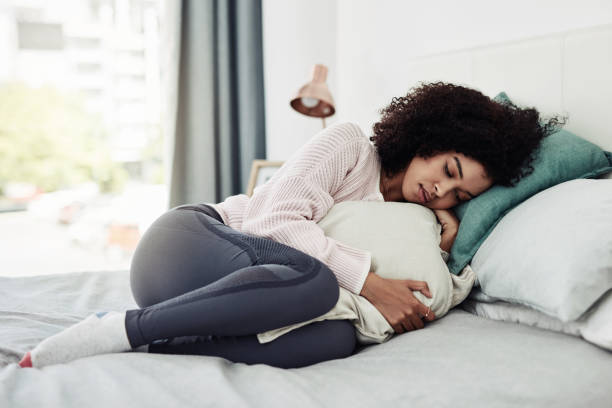A lot of people think of gyms as a workout place primarily for men, and these people include quite a few women. Plenty of women fear or experience harassment in gyms. Also, women are more likely than men to encounter weight stigma. It’s no wonder that there’s a gender gap at the gym.
The good news is some gyms are trying to alleviate this particular issue. There are even some gyms such as Lucille Roberts that cater to female customers. Women-only gyms aren’t really sexist, because some health and workout issues affect only women. The most obvious issue here is menstruation.
Let’s be truthful now. Menstruation can be darn inconvenient. Women have to deal with issues like mood swings and cramps, not to mention the bleeding. It makes everyday life hard enough, and it sure makes working out even more challenging.
Menstrual Challenges for Workouts
Studies have revealed that as many as 3 out of every 4 female athletes go through unpleasant experiences during their menstrual cycle. The negative effects include back pain and cramps, along with bloating and headaches. Obviously, those symptoms aren’t conducive to effective workouts.
Also, the research shows that women undergo a lot of continuous (and sometimes erratic) physical changes. These fluctuations affect women’s metabolism, strength, body temperature, and inflammation, due to the hormonal changes throughout the cycle. The risks of injury can also increase as well.
Phases of Your Menstrual Cycle
The menstrual cycle usually lasts 28 days. It starts from the first day of your period, and ends when your next period begins. This cycle includes the following phases:
- Follicular phase. This is the period from the first day up to ovulation.
- Ovulation. Your body releases an egg from the ovary. It marks the halfway point of the menstrual cycle.
- Luteal phase. This is the time from the ovulation and before the start of menstruation.
Training According to Your Menstrual Phase
You will need to take your current menstrual phase into account when you decide what kind of workout you should do.
Early Follicular Phase
This is early in your cycle, and you’re menstruating. Your menstrual hormones are low, and you may be dealing with problems like menstrual pain, inflammation, and likely a lot of lethargy.
In light of all these, you may want to treat your body more compassionately. You’ll want to work out in a way that nurtures your mind and body, instead of a workout that stresses your mind and body unduly. Concentrate more on recovery, as stresses may lead to an autoimmune response.
For your diet, go with food that contains lots of iron. That’s because you lose iron when you lose blood. Go with lots of antioxidants and anti-inflammatory foods. Try salmon, along with cruciferous and green leafy veggies.
Also opt for slow-burning carbs (legumes and oats), plus quality meats.
Mid-Follicular Phase
Estrogen levels rise at this point, and so do your energy levels and pain tolerance. This is a good time to train harder, so you can go with some strength training and high-intensity workouts. Strength training may even be more effective due to the higher estrogen levels.
Late Follicular Phase to Ovulation
This is usually the second week of your cycle. Your estrogen levels are at peak levels, so you can really go all out when training. Remarkably, this is also the time when lots of women notice that their appetites aren’t as high.
Your moods and energy are such at great highs that you really should try to break some of your pervious performance records. At this point, cardio activities like running and cycling seem much easier.
Luteal Phase
Your hormones will fluctuate fast after ovulation. All of a sudden, your body isn’t as primed for workouts. Energy levels suddenly drop and you may feel somewhat heavier. You may feel tired, bloated, and unmotivated.
During this period, you may want to focus more on boosting movement and technique efficiency for cardio and strength training workouts. You just need to be careful, since you’re likely to be more susceptible to muscle soreness and injuries.
You may even focus more on light workouts, so go with some yoga, breathing exercises, and meditation.
Just keep in mind that everyone’s different. Pay attention to your cycle, and learn more about how your body reacts. Then do what you can depending on how you feel.
